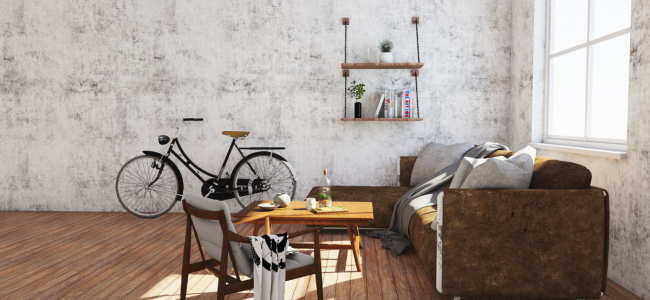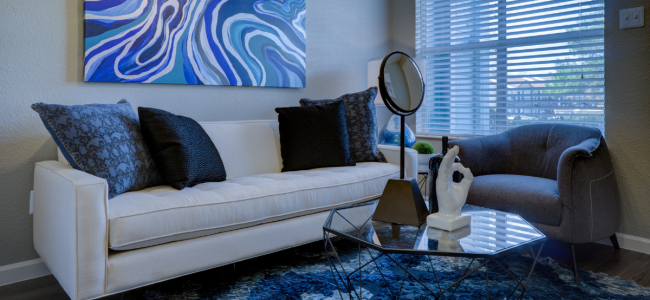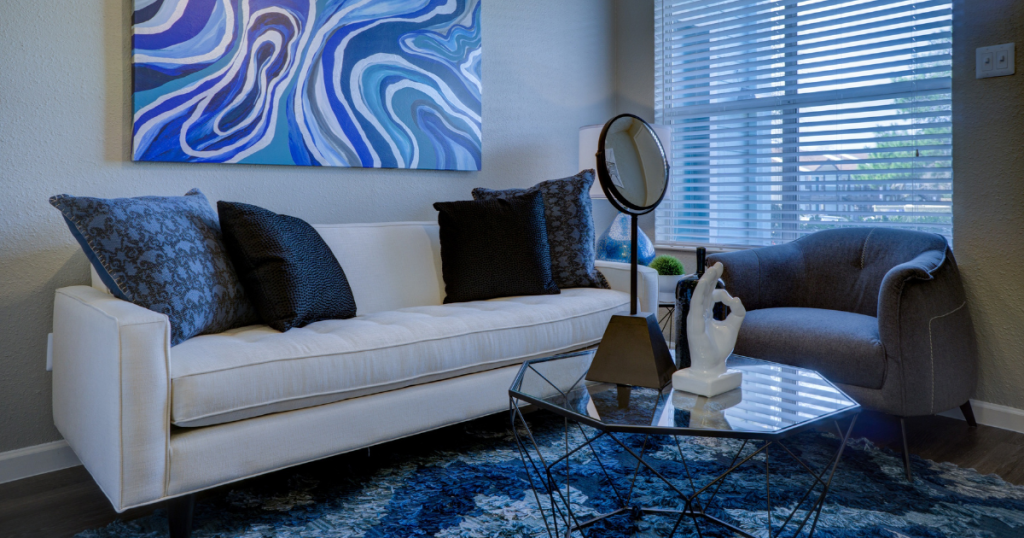

Bonded leather sofas have become increasingly popular in recent years due to their lower price point compared to genuine leather sofas. There exists a degree of controversy surrounding the proposition of whether or not sofas comprised of bonded leather represent a meritorious investment for consumers. While they are certainly cheaper than their genuine leather counterparts, bonded leather sofas have some drawbacks that consumers should be aware of before making a purchase.
In this article, we will explore the pros and cons of bonded leather sofas to help you determine whether they are a good investment for your home. We’ll also provide tips for caring for your bonded leather sofa to ensure it lasts as long as possible. By the end of this article, you’ll have a better understanding of the benefits and drawbacks of bonded leather sofas, as well as whether they are the right choice for your home. So let’s dive in!
What is a Bonded Leather Sofa?
A bonded leather sofa is a type of furniture that is upholstered with a material made from shredded leather scraps and a polyurethane binder. The material is then applied to a backing material, such as fabric or foam, to create the finished product.
While bonded leather is often marketed as a cheaper alternative to genuine leather, it is important to note that the two materials are not the same. The manufacturing process of authentic leather entails utilizing animal hides, which results in a material renowned for its sturdiness, extended lifespan, and inherent texture. Bonded leather, on the other hand, is a synthetic material that is made from leather scraps that have been glued together. While it may look and feel similar to genuine leather at first, it does not offer the same level of durability or longevity.
One of the main benefits of bonded leather is its affordability. Sofas crafted from bonded leather are generally more affordable than their authentic leather counterparts, rendering them a more feasible choice for consumers who prioritize financial prudence. Moreover, bonded leather is capable of being produced in an assortment of hues and textures, thereby providing customers with a more diverse selection to peruse while shopping for a sofa.
However, bonded leather sofas do have some drawbacks. They are not as durable as genuine leather sofas and may crack, peel, or fade over time, especially if they are exposed to direct sunlight or heat. Additionally, bonded leather may not be as breathable as genuine leather, which can lead to discomfort during hot weather.
Pros of Bonded Leather Sofas
Affordability: Bonded leather sofas are typically more affordable than genuine leather or top-grain leather sofas. This is because bonded leather is made using scraps and fibers, which makes it less expensive to produce.
Durability: Bonded leather sofas are more durable than fabric sofas and can withstand more wear and tear. They are also less prone to stains and spills, making them an excellent choice for families with young children or pets.
Easy Maintenance: Bonded leather sofas are relatively easy to maintain. You can wipe them down with a damp cloth or mild soap and water to remove dirt and stains. However, it’s essential to avoid harsh chemicals that could damage the polyurethane coating.
Cons of Bonded Leather Sofas
Quality: Bonded leather sofas are not made from 100% leather, which means they do not have the same quality or texture as genuine leather or top-grain leather sofas. The polyurethane coating can also crack or peel over time, exposing the underlying material.
Comfort: Bonded leather sofas can be less comfortable than genuine leather or fabric sofas. This is because they do not breathe as well, which can make them feel hot and sticky in warm weather.
Not Environmentally Friendly: Bonded leather is a synthetic material made from leather scraps and fibers. This means that it is not environmentally friendly and can contribute to landfill waste.
Bonded Leather vs. Genuine Leather
Genuine leather is made from animal hide, while bonded leather is a synthetic material made from leather scraps and fibers. It is more durable, comfortable, and attractive than bonded leather. Genuine Leather also has a unique texture and patina that cannot be replicated by bonded leather.
However, genuine leather is also more expensive than bonded leather. If you’re on a tight budget, a bonded leather sofa may be a more affordable option. Just be aware that bonded leather sofas are not as durable or high-quality as genuine leather sofas.
How to Care for Bonded Leather Sofas
To keep your bonded leather sofa looking its best, follow these care tips:
Clean spills and stains as soon as possible using a damp cloth and mild soap and water.
Avoid using harsh chemicals or cleaners on your sofa, as they can damage the polyurethane coating.
Keep your sofa away from direct sunlight and heat sources, as these can cause the polyurethane coating to crack or peel.
Use a leather conditioner on your sofa every six months to keep it soft and supple.
FAQs
What is bonded leather?
Bonded leather is a type of upholstery material that is made by combining shredded leather scraps with a polyurethane binder. It is a cheaper alternative to genuine leather but doesn’t offer the same durability or longevity.
Are bonded leather sofas durable?
Bonded leather sofas are not as durable as genuine leather sofas. They are prone to cracking, peeling, and fading over time, especially if they are exposed to direct sunlight or heat.
How can I tell if a sofa is made of bonded leather?
One way to tell if a sofa is made of bonded leather is to look for an embossed grain pattern. Bonded leather typically has a uniform, repeating grain pattern that looks artificial. Another way is to feel the texture of the material. Bonded leather has a smooth, plastic-like texture compared to the natural grain of genuine leather.
Are bonded leather sofas worth buying?
It depends on your budget and priorities. Bonded leather sofas are cheaper than genuine leather sofas, but they don’t offer the same quality or durability. If you are looking for a long-lasting investment piece, a genuine leather sofa may be a better option. However, if you are on a tight budget and don’t mind replacing your sofa every few years, a bonded leather sofa can be a good value.
How do I care for a bonded leather sofa?
To care for a bonded leather sofa, avoid placing it in direct sunlight or near heat sources, which can cause the material to crack and fade. Clean spills immediately with a damp cloth, and use a mild soap and water solution to clean the surface. Avoid using harsh chemicals or abrasive cleaners, which can damage the material.



